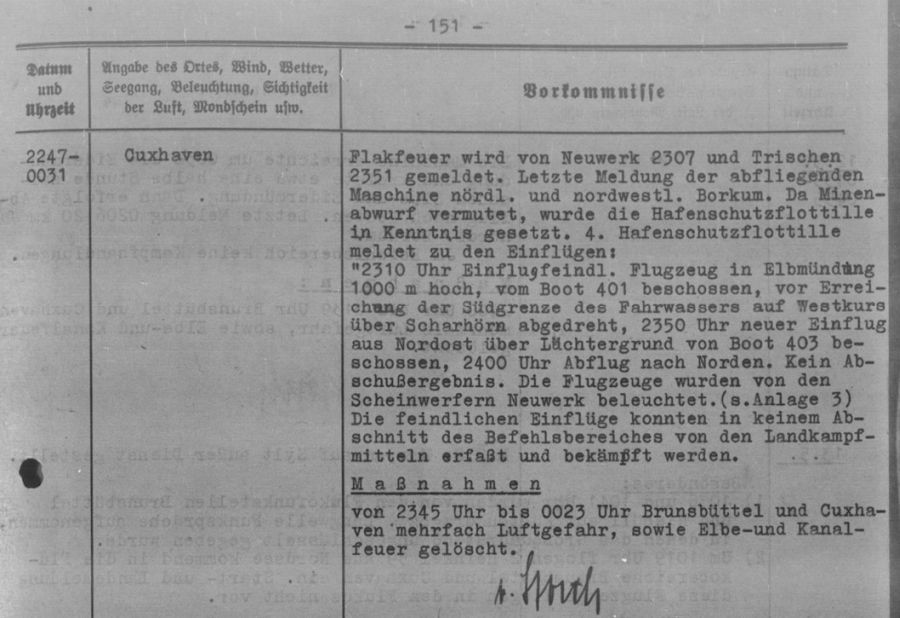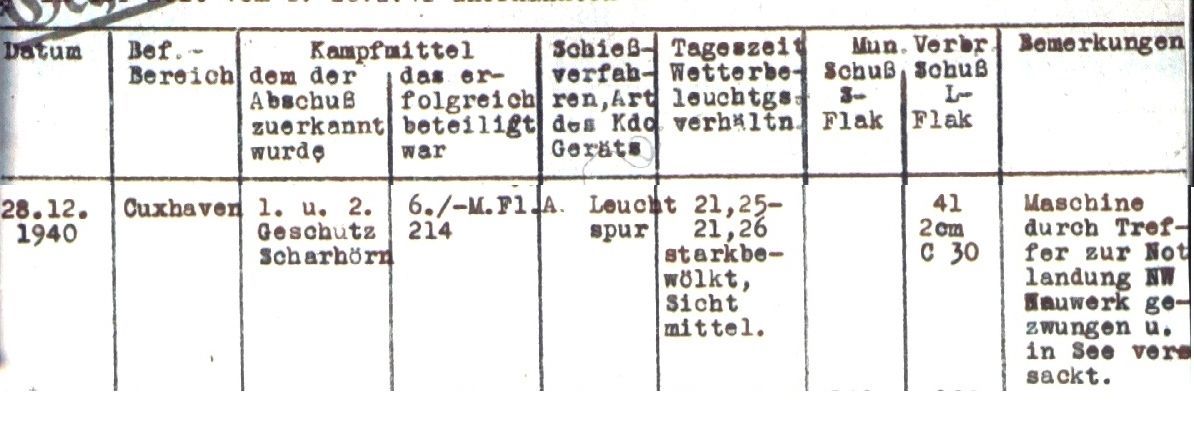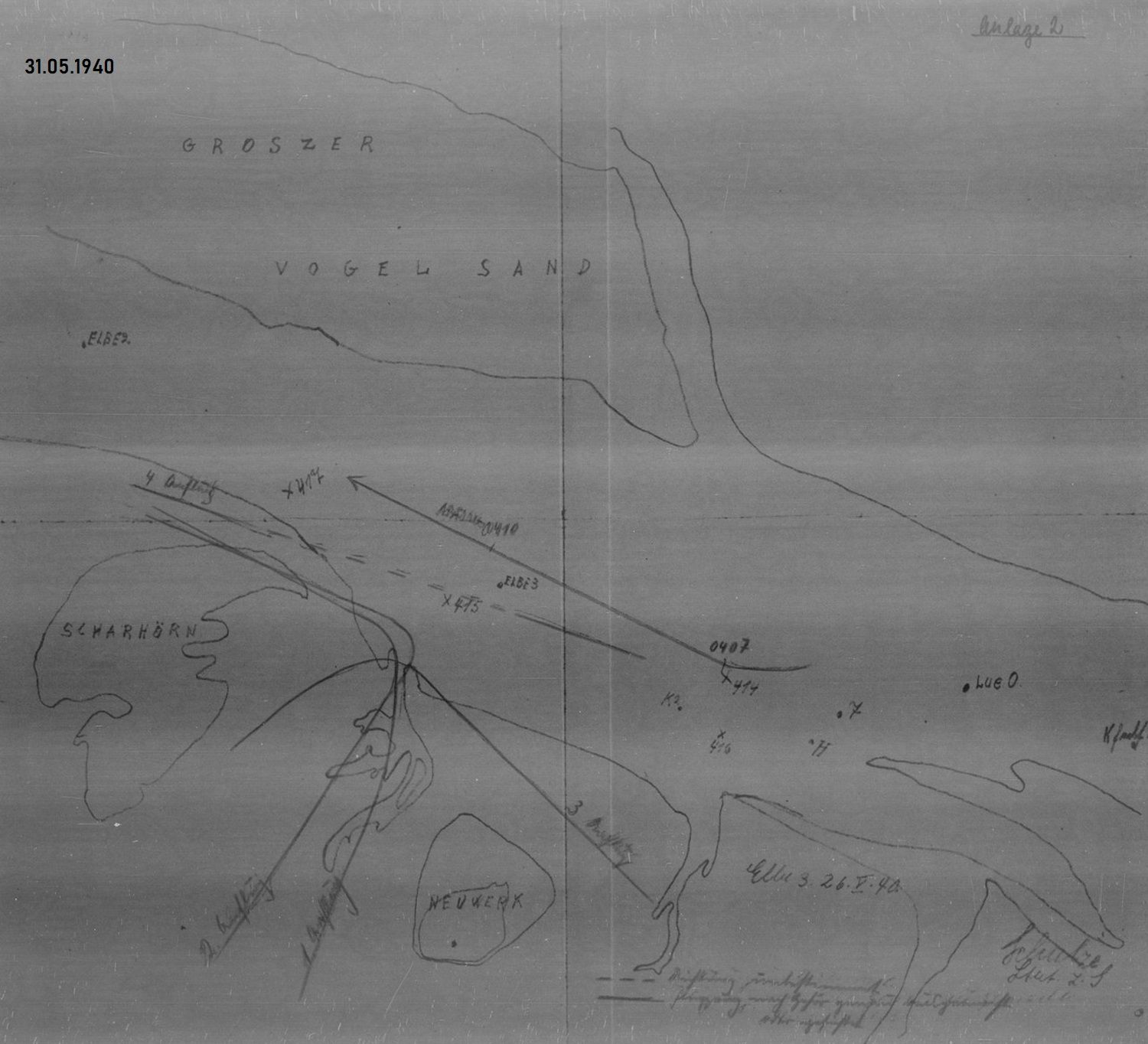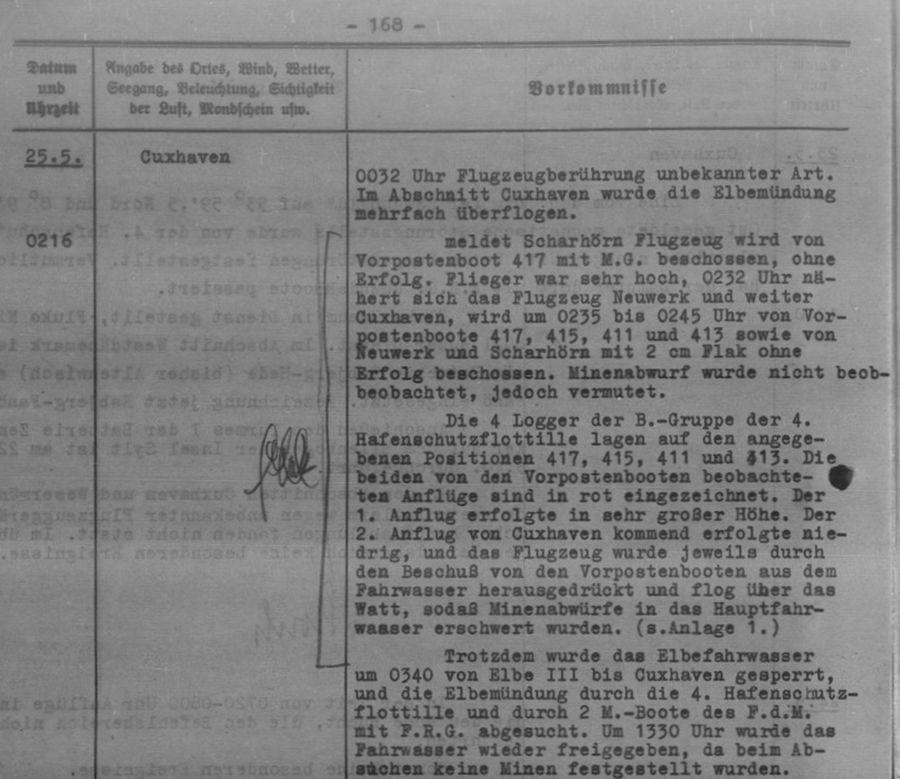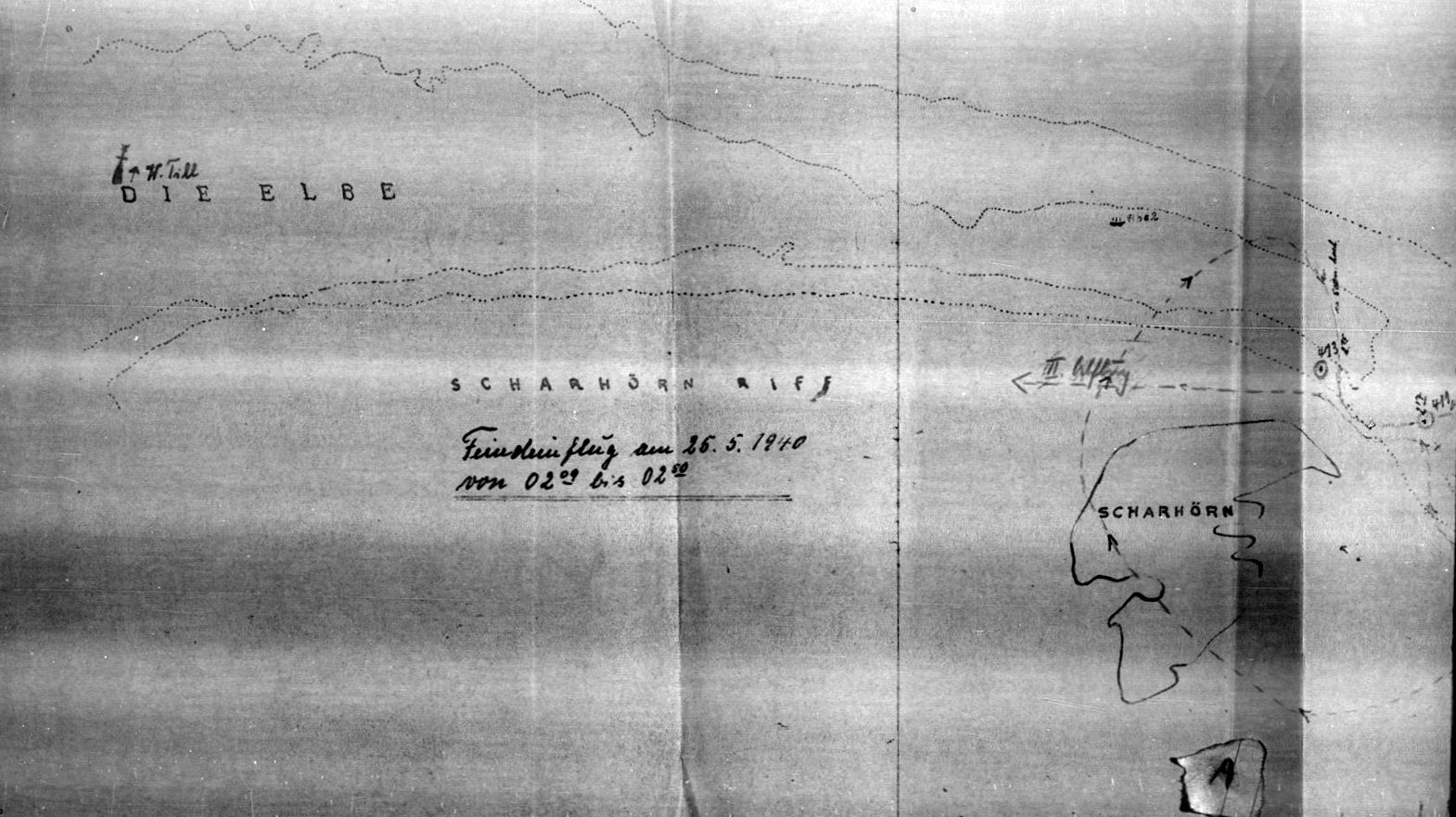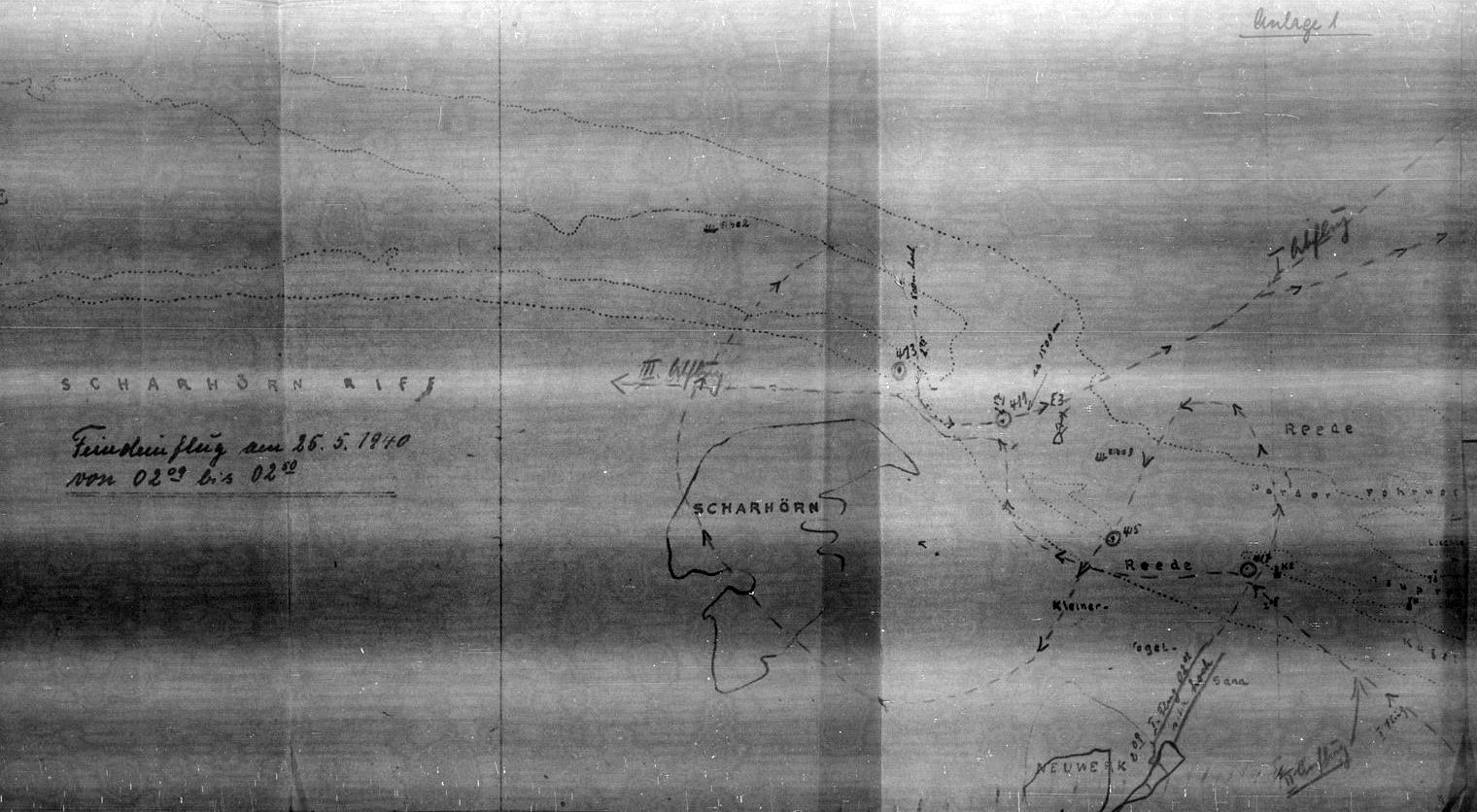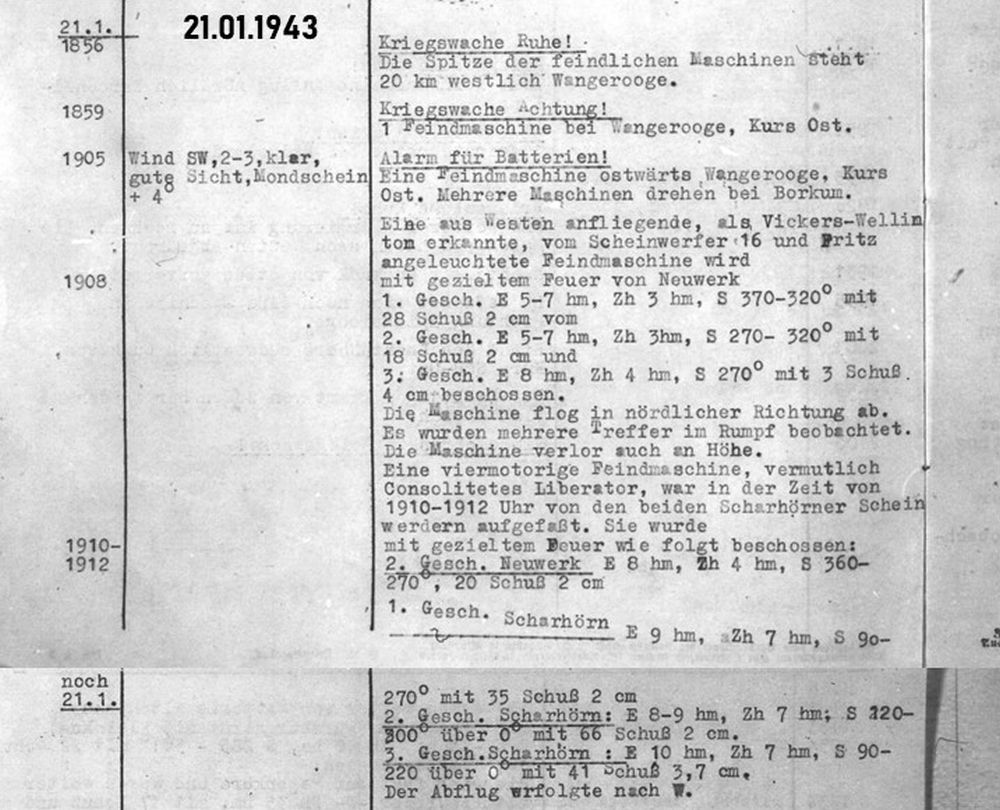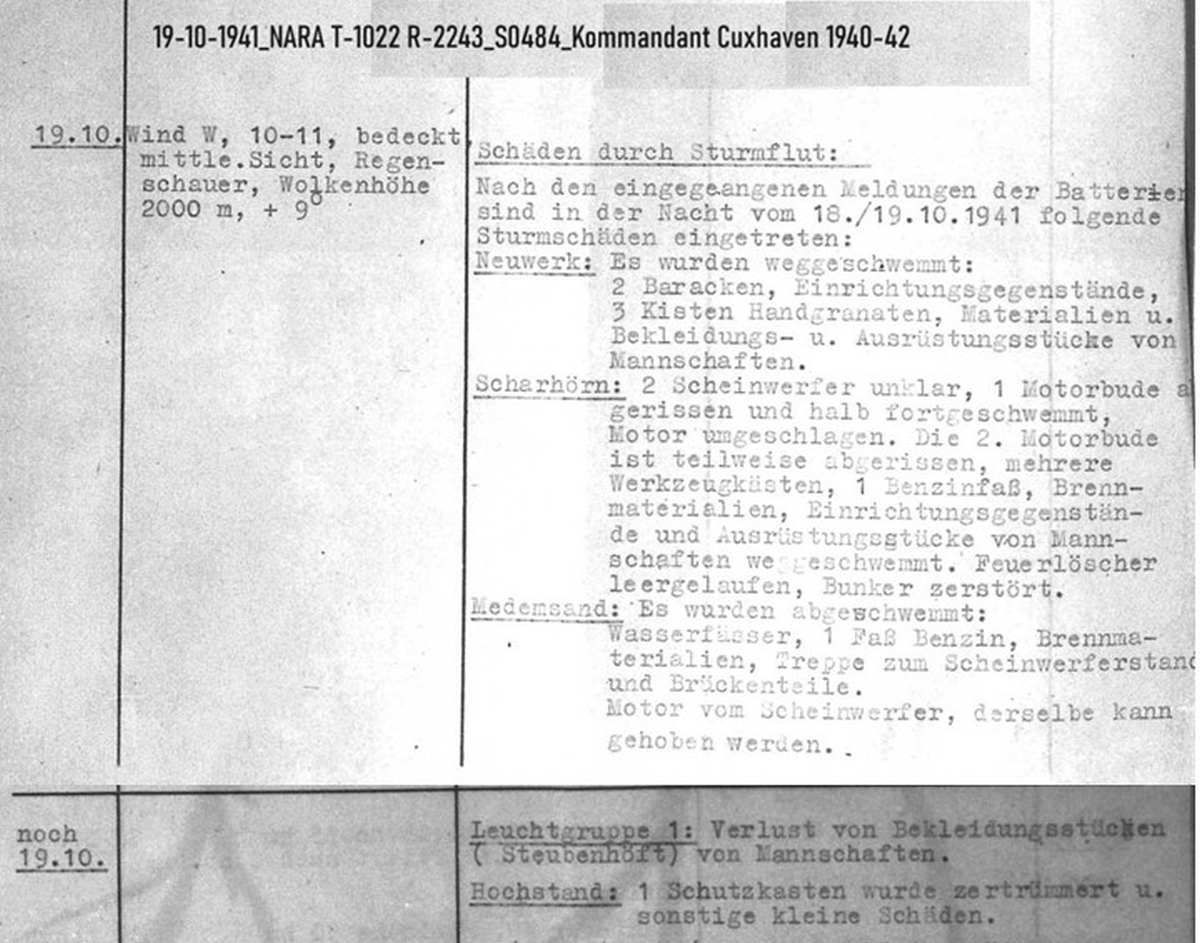
From a military point of view, Neuwerk was already an outpost in the mouth of the Elbe in front of Cuxhaven in earlier times. Half of the island "O", which lies a good 13 kilometers off the Lower Saxony coast of Cuxhaven, was sold to the city of Hamburg in 1286, which built the massive defense tower that still exists today to protect against piracy and pirates between 1300 and 1310. From 1394 onwards, Hamburg protected the mouth of the Elbe from the newly founded Hamburg office of Ritzebüttel, to which the "Nige O" also belonged. Under French Napoleonic rule, the office of Ritzebüttel, together with Neuwerk, belonged to the Département des Bouches de l'Elbe from 1811 to 1814. After the islanders collaborated with the English in 1813, the then commander of Cuxhaven, Joseph Barbanègre, successfully drove the enemy from the island. As a result, all residents and their livestock had to leave Neuwerk within four days. All buildings except the tower were then demolished. In 1937, Hamburg gave its outlying districts of Cuxhaven, Neuwerk and Scharhörn to Prussia in a ring exchange. During the First World War, the Imperial Navy built a small cannon battery in the outer dike of the island near the bathhouse. The four 15 cm L/45 guns, which were also used on submarines and torpedo boats at the time, were not equipped with armor or walls. They were unprotected against attacks and the vagaries of nature in the open air of the dike foreland. In contrast to Neuwerk, the island of Scharhörn, located about 6 kilometers to the north, does not consist of natural soil, but exclusively of drifting sand. The dunes of the uninhabited bird island, which has grown over centuries and is slowly drifting eastwards, have been partly covered with marram grass, both naturally and by human hands. During the Third Reich, both islands were militarily expanded and upgraded. Despite the natural protection of the Wadden Sea, the risk of an invasion of the North German coast was not considered to be completely ruled out at the time, despite the difficult conditions caused by the mud. Source: A tower and its island/ Wikipedia
- Naval Signal Post Neuwerk, Air Intelligence Unit, Air Guard Reich Labor Service 3./173 - "Berend Jakobsen Karpfanger" Naval Artillery Department 3./114 - "Batterie von Stosch"
- Air guard, light anti-aircraft gun - Scharhörn Island

Aerial photo of Neuwerk, early 1945Photo source: RAF
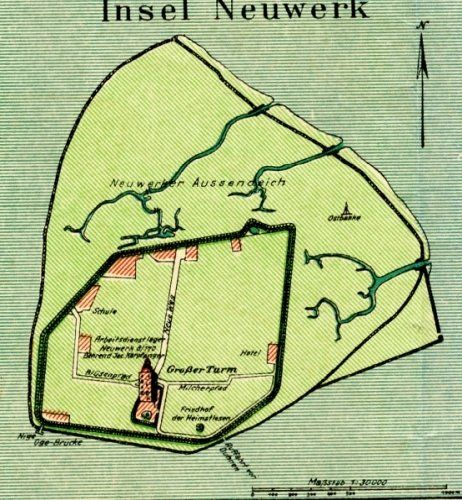
Karte der Insel Neuwerk 1937
Fotoquelle: N.N.
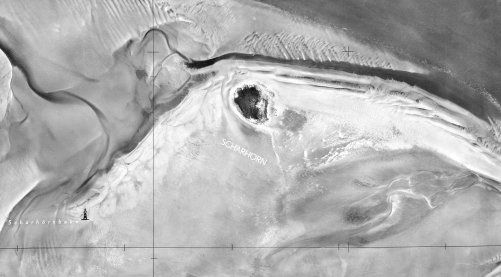
Aerial photo of Scharhörn in early 1968Photo source: NN
Events during the war 1939 - 1945









